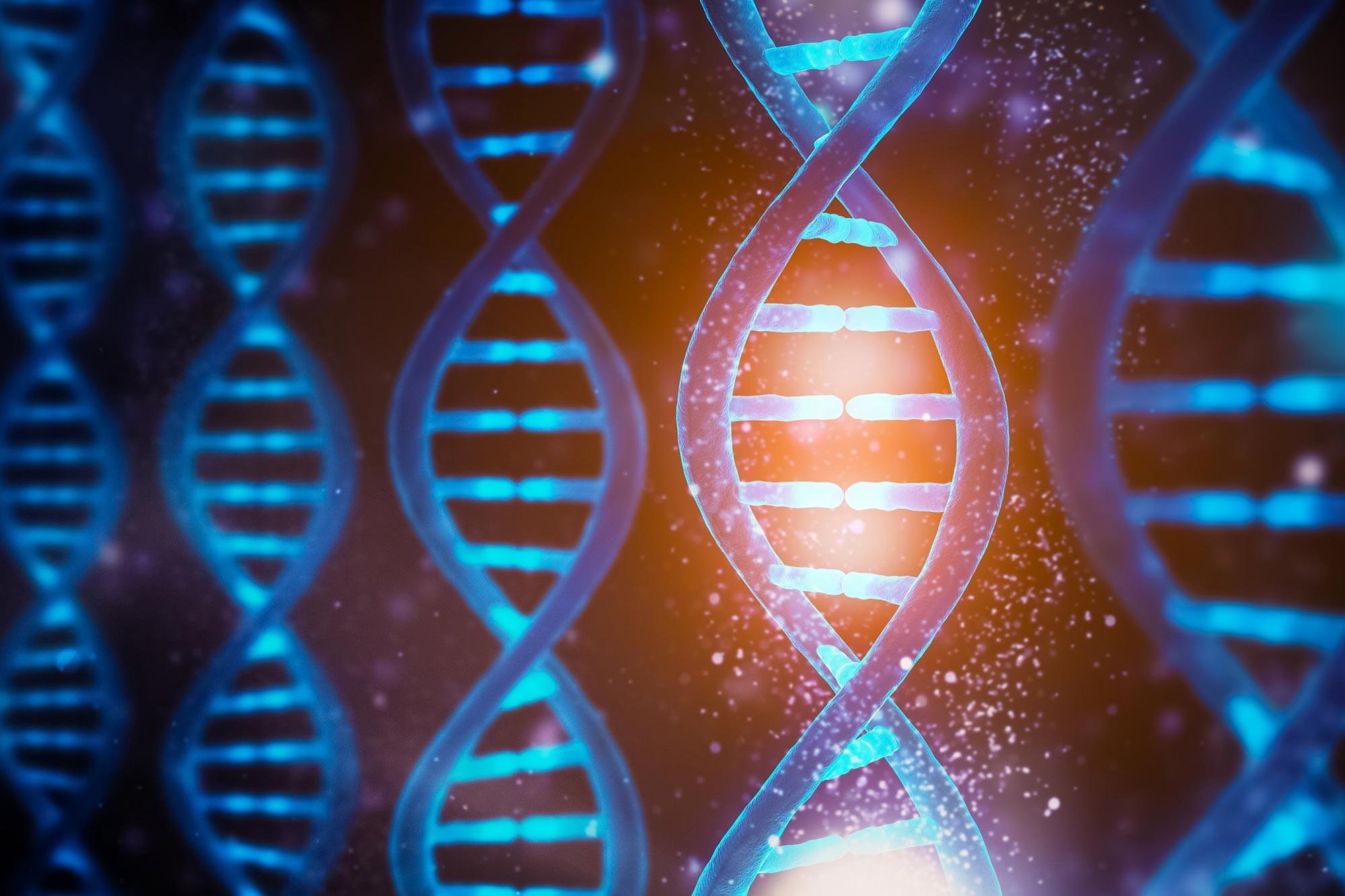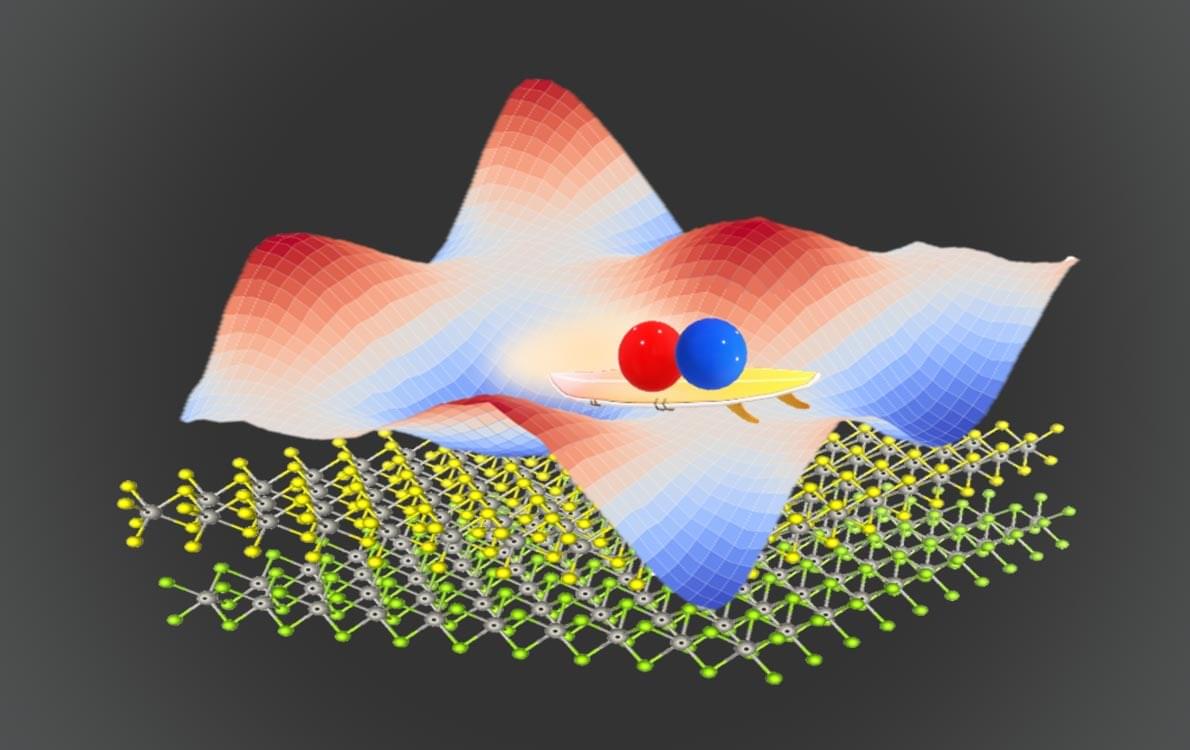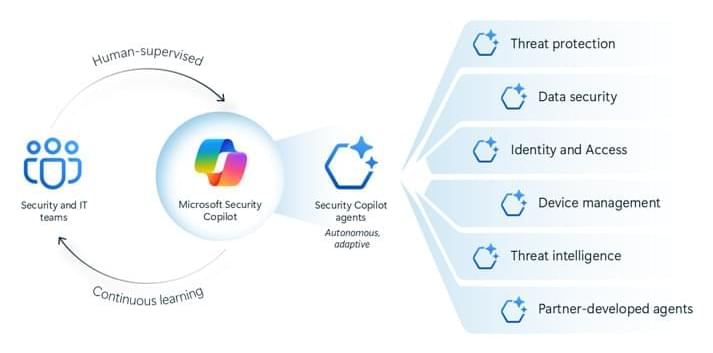NASA’s Parker Solar Probe just screamed past the Sun for the 23rd time, once again matching its own records for closest approach and fastest human-made object. Zooming through space at 430,000 mph and skimming just 3.8 million miles from the solar surface, the probe is in perfect health and sendi
Get the latest international news and world events from around the world.







Chinese Hackers Breach Asian Telecom, Remain Undetected for Over 4 Years
A major telecommunications company located in Asia was allegedly breached by Chinese state-sponsored hackers who spent over four years inside its systems, according to a new report from incident response firm Sygnia.
The cybersecurity company is tracking the activity under the name Weaver Ant, describing the threat actor as stealthy and highly persistent. The name of the telecom provider was not disclosed.
“Using web shells and tunneling, the attackers maintained persistence and facilitated cyber espionage,” Sygnia said. “The group behind this intrusion […] aimed to gain and maintain continuous access to telecommunication providers and facilitate cyber espionage by collecting sensitive information.”

INTERPOL Arrests 306 Suspects, Seizes 1,842 Devices in Cross-Border Cybercrime Bust
Law enforcement authorities in seven African countries have arrested 306 suspects and confiscated 1,842 devices as part of an international operation codenamed Red Card that took place between November 2024 and February 2025.
The coordinated effort “aims to disrupt and dismantle cross-border criminal networks which cause significant harm to individuals and businesses,” INTERPOL said, adding it focused on targeted mobile banking, investment, and messaging app scams.
The cyber-enabled scams involved more than 5,000 victims. The countries that participated in the operation include Benin, Côte d’Ivoire, Nigeria, Rwanda, South Africa, Togo, and Zambia.
